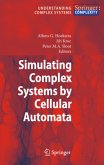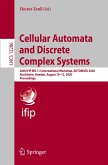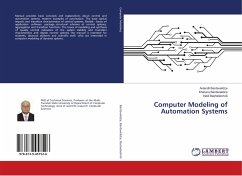At the cellular level, theorize about the molecular mechanisms of cells to communicate with the environment implies to take into consideration concurrent processes, elements, and relationships that define the functionality of cells over time. The cell-membrane, the surface that acts as a boundary contains many receptors which are responsible for interacting with diverse signaling molecules and recognize external information that affects the behavior in a cell. Each receptor detects specific molecules that may bind to it, which activates signaling pathways that regulate molecular mechanisms, the flow and the processing of biochemical information. There is a special class of receptors that constitutes a common target of pharmaceutical drugs, the G protein-coupled receptors (GPCRs). These receptors interact with their respective Guanine nucleotide-binding proteins (G Proteins) to induce an intracellular signaling. In this thesis we study, in a compositional way, interesting biological scenarios in the context of signaling biochemical networks by using the nTCC calculus, a non-deterministic temporal extension of Concurrent Constraint Programming (CCP).
Bitte wählen Sie Ihr Anliegen aus.
Rechnungen
Retourenschein anfordern
Bestellstatus
Storno








